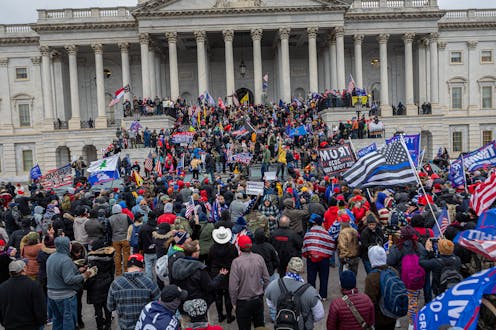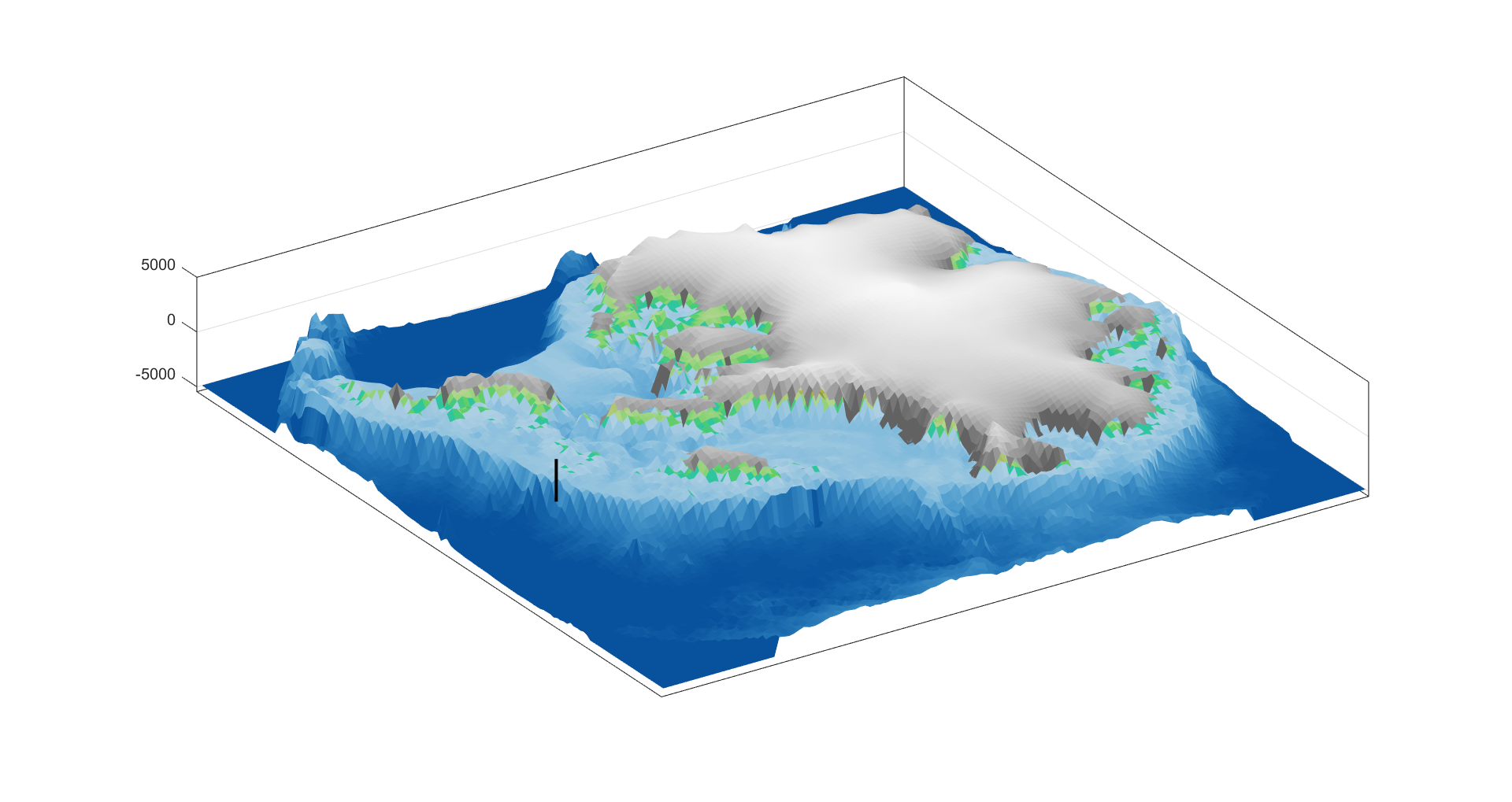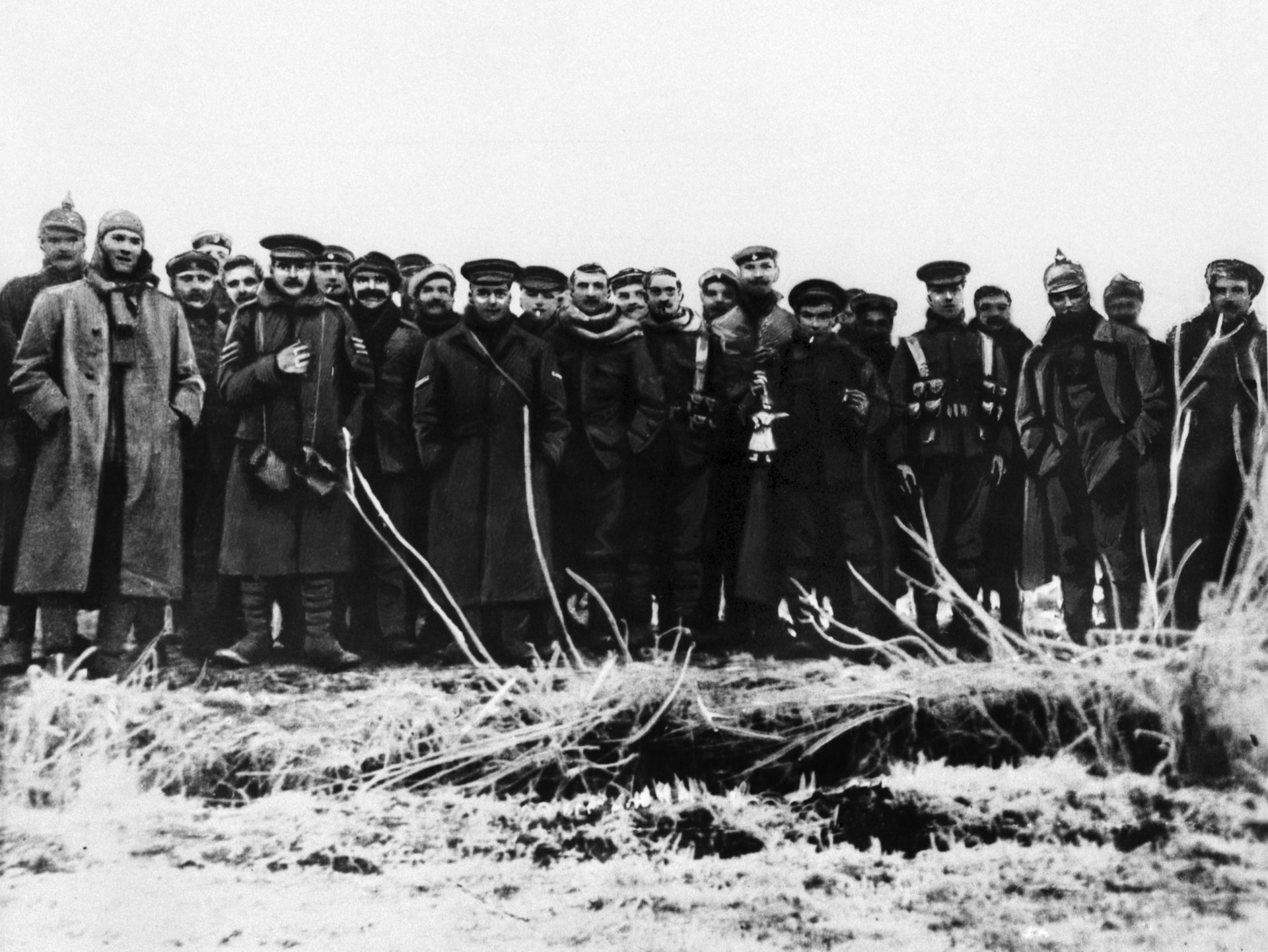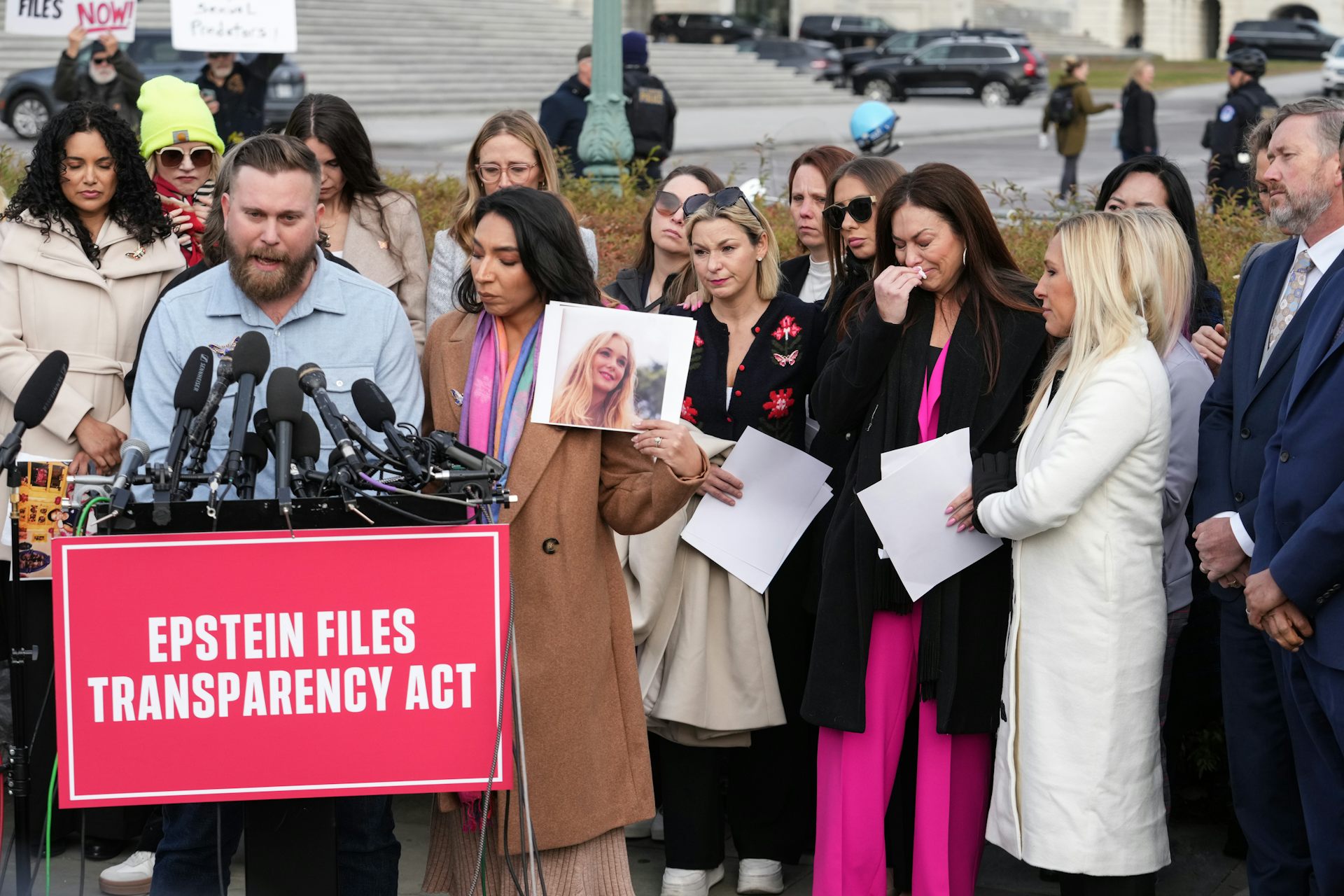It is difficult, if not impossible, to estimate the size of the crowd that stormed Capitol Hill
A professor of journalism explains why you should be skeptical of any numbers that you see over the next few days.

Editor’s note: Stephen Doig is a data journalist and journalism professor at Arizona State University. In this interview, he explains good techniques for estimating crowd sizes, and why the absence of aerial imagery makes it difficult to estimate the size of the crowd that stormed Capitol Hill on Wednesday.
What’s your estimate for how many people were in the crowd that broke into the Capitol?
I can’t readily give you a good estimate of the size of that crowd beyond the the certainty that no matter what anybody is claiming, it will be much larger than the actual crowd.
Why is it difficult to get an accurate number for the size of the crowd?
The reason is that people are bad at making appropriate estimates of the size of crowds. It’s actually a difficult thing to do. Once you get more than a few hundred people, it just looks very big. All you can do is pull big numbers out of the air. Then there are all sorts of political reasons the sizes of crowds get either inflated or deflated. The size of a crowd has become a token of popularity of whatever the cause that gathered the crowd is, whether it’s a political event like this, or sports or a celebration. Inevitably, the estimate of the size of the crowd is sort of vastly larger than reality.
What’s a good way to estimate crowd size?
The first thing is knowing the area that the crowd is in – that is, the actual area in square feet or square meters. The second thing you need to know is a reasonable estimate of the density of the crowd. In other words, on average, how many square feet is each person taking up?
From some of the pictures I saw of the crowd in Washington, it was certainly a more dense crowd – people were really compressed in. That would be something in the neighborhood of maybe 5 square feet per person.
Unrealistic estimates of the density are a big reason that reality-based crowd estimating goes wrong. Sometimes you will see density estimates of 1 square foot per person. That’s a deadly stampede – it’s beyond mosh pit density.
The other factor you need to take into account is a decent measure of the area that the crowd is contained in. The best way to get that is with good aerial imagery, something over the top where you can see the edge of the crowd.
[Deep knowledge, daily. Sign up for The Conversation’s newsletter.]
The trouble with Washington, D.C., is that there are several barriers to getting good overhead imagery. The Washington Monument is the only tall building that can get you a good view, but it’s on the far end of the National Mall. The other barrier in D.C. is that it’s basically a no-fly zone. You can’t have helicopters up overhead shooting aerial imagery, as in most other cities. No drones are allowed for security reasons.
In the absence of aerial imagery, it’s almost impossible to quickly make a reality-based estimate of the crowd size.
What is a broad estimate that you could believe if it were presented to you?
I’m perfectly prepared to believe there were several thousand people there, even 10,000 maybe. But when you start pushing that up to 100,000 and so on, that’s not going to be true.
Steve Doig does not work for, consult, own shares in or receive funding from any company or organisation that would benefit from this article, and has disclosed no relevant affiliations beyond their academic appointment.
Read These Next
Midlife weight gain can start long before menopause – but you can take steps early on to help your b
What you do in the years leading up to menopause can help counter the natural hormonal effects of aging,…
Who thinks Republicans will suffer in the 2026 midterms? Republican members of Congress
The president’s party almost always loses seats in the midterms. More than two dozen Republican House…
West Antarctica’s history of rapid melting foretells sudden shifts in continent’s ‘catastrophic’ geo
A picture of what West Antarctica looked like when its ice sheet melted in the past can offer insight…






